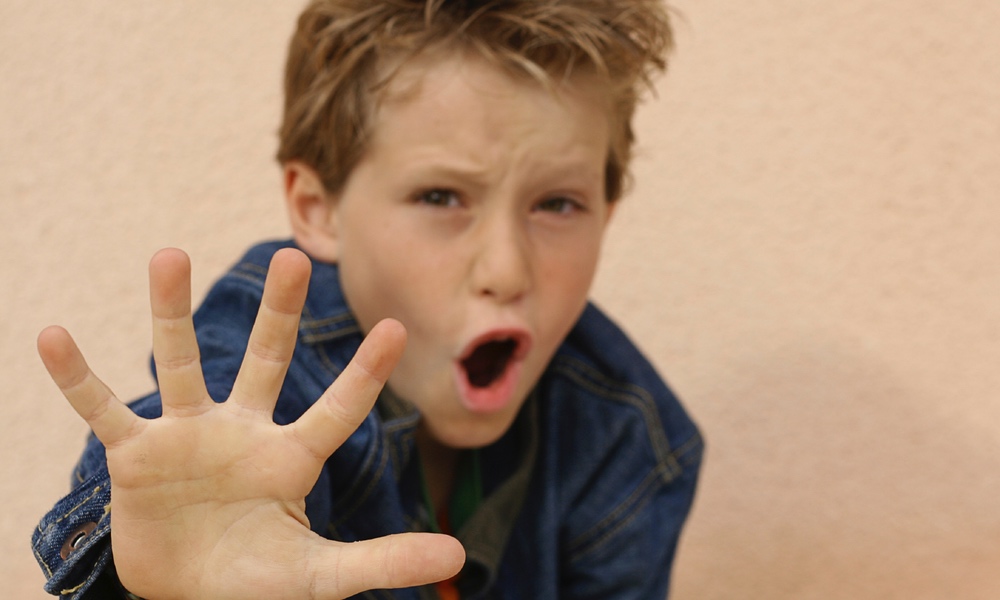Parents don’t like to imagine that their kids might use pot, alcohol or tobacco in middle school, but, unfortunately, the reality is that many do. A new study looks at the behavioral warning signs that can show up early in middle school and may predict whether kids partake in substances later in middle school. The findings could help parents respond quickly, and seek help if needed.
Over 2,600 boys and their teachers from different cities around the country were surveyed four times, from the fall of sixth grade to the spring of eighth grade. The teachers answered questions about the boys’ social skills, anxiety symptoms, learning problems and conduct problems, including skipping class and stealing from others. The students answered questions about their substance use, as well as their aggression in different forms — verbal, physical and relational, which is when kids use or interfere with relationships to exert power over a peer.
Several patterns of behavior in sixth grade predicted substance use at the end of eighth grade. The first was having problems in all four of the areas — social skills, anxiety, learning and conduct — which predicted both aggression in eighth grade and risk for substance use. Only about six percent of the kids fell into this category.Social skills generally help kids in school and outside it, but they can make a child more susceptible to the social pressures of trying out new substances.
A third group was boys who had significant social problems, along with some level of the other issues. Their aggression and cigarette smoking declined by the end of eighth grade, and their alcohol and marijuana use didn't change.
Finally, the fourth group consisted of boys with good social skills but problems in areas such as learning, anxiety and conduct. Their aggression and substance use grew by the end of eighth grade, though less than that of the boys with problems in all four domains.
“Although these boys may be socially skilled, their other problems can lead to increased aggression and substance use as they progress through middle school,” said study author, Kevin Tan, in a statement. Substance use increased over time among all boys in the study population, but it increased the fastest among boys who had the greatest social skills, he added. Social skills generally help kids in school and outside it, but they can make a child more susceptible to the social pressures of trying out new substances, the team's findings suggest.
The study suggests that certain patterns of behavior can signal what’s to come. Not only can intervention make it less likely a child will go down a path they’re at higher risk for, early treatment can produce lasting changes in the brain. Kids with untreated mental health issues like anxiety have been found to be more likely to self-medicate with substances, including pot. Being sensitive to whether a child might be dealing with mood or anxiety issues, apart from social issues, means parents can get help for them as needed.
The study was carried out by a team at the University of Illinois and the University of Chicago. It was published in The Journal of Early Adolescence.





